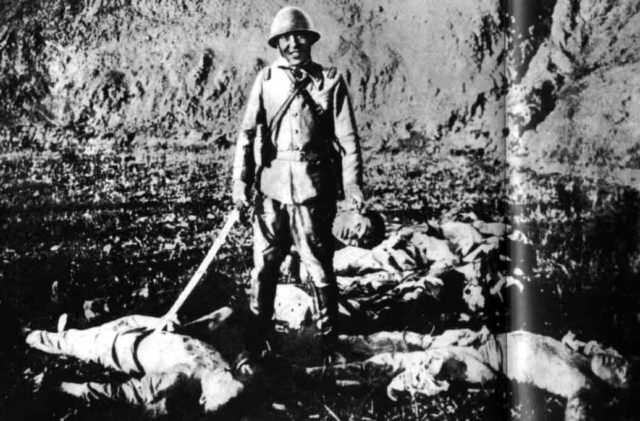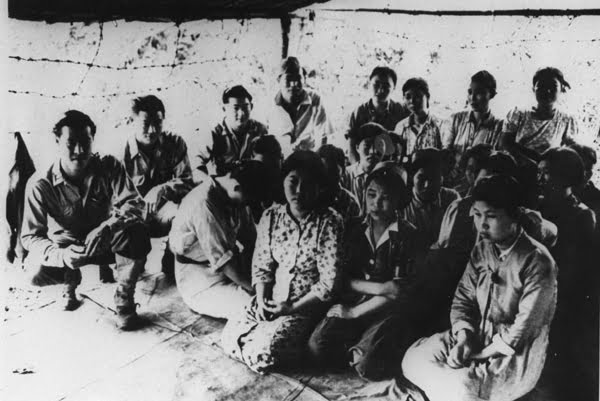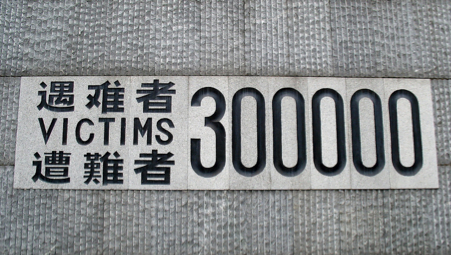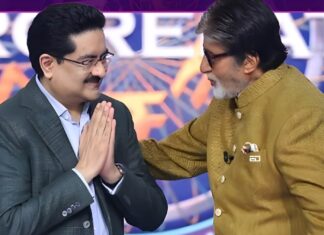By Drishya Subramaniam
Demystifier: ED Original where the content is written in such a way that it is knowledgeable and easy to comprehend at the same time.
Who hasn’t heard about the Nazi holocaust? The stories and deeds done during that era still make you cringe in terror. But apparently Nazism wasn’t the only story in the history of the holocaust; there was an Asian one too.
Ever heard of the forgotten holocaust? Here is a rendezvous on the same.
What is a holocaust?
It’s a Greek word that means “sacrifice by fire.” Under Nazism millions of people were subjected to death in the name of being inferior through a systematic, bureaucratic, state-sponsored persecution.
The Forgotten Holocaust
The Hiroshima and Nagasaki bombing were the time of terror. We all grieved with the Japanese for their loss. But they were no saints either.
Ever wondered if the loss was an end to a series of treason, treachery, and war?

In the year 1931, Japan seeking to increase the size of their empire invaded and occupied the province of Manchuria.
And 6 years later they planned a full fledge invasion, taking the life of 20 million Chinese people.
Apparently, China wasn’t the only the place under Japan’s hit list, they also invaded a number of other parts of Asia, including Malaya, Burma, Indochina, the Philippines and the Dutch West Indies.
The year 1937, Japan took over the Chinese capital Nanking.
If Nazism was known for their gas chambers the Asian holocaust was no less.
The atrocities done by the Japanese are beyond one’s belief.
Apparently testing on monkeys and rats weren’t enough. “Vicious acts” are an understatement here. Science was like a free pass to do anything and everything. They exposed subjects to cholera, plague, hemorrhagic fever, typhoid, and syphilis and even removed their organs and drilled holes in their heads. Prisoners were sprayed with salt water to induce frostbite in sub-zero temperatures and then hit with hammers for testing.
Approximate estimates of 25,000 people were killed – all in the name of science.
Women in china were treated like clothes at a wholesale market, where figures up to 80,000 were raped. The soldiers were instructed to pay some off while others were asked to be disposed off in despicable conditions.
“COMFORT WOMEN”, the name says it all. Now we understand why women empowerment came into play. They had actually made 2000 comfort stations where they could rape native women. Talk about being openly vile!

The pits in which thousands of bodies were dumped and the huge graves; have neither numbers nor records.
Atrocities galore, it wasn’t lack of food that led to cannibalism but the feeling of power. There have been a vast array of reports and witnesses about this fate befalling soldiers and pilots, where muscles and limbs were cooked to ‘perfection’. The irony of it all makes one want to puke!
And when the Chinese tried to escape by swimming through the Yangtze river an open fire by the Japanese killed thousands and the river as well! With the corpses swimming around the red Yangtze and bodies piled up like junk on roadsides gave the name “streets of blood.”
The Aftermath
The bombing ended these heinous acts as it swiped a large mass of the Japanese crowd. But when the world grieved for those lost souls, we forgot to see that it was also an end to a series of ruthless acts done by the Japanese themselves.
There are no official numbers for the death tolls, though estimates range from 200,000 to 300,000 people. Soon after the end of the war, the Allied powers indicted 25 persons as Class-A war criminals, and 5,700 persons were indicted as Class-B or Class-C war criminals by Allied criminal trials.
The true nature of the massacre has been disputed and exploited for propaganda purposes by historical revisionists, apologists, and Japanese nationalists.
But why the sudden revelations?
The Chinese have started teaching their children about their past. They have decided to rewrite the school textbooks to bring to attention the pain Japan had inflicted on their people.
Why was it never reported? Why are there no records?
Those forgotten souls remained forgotten and the deeds never mentioned, and soon they were lost amongst the acts of World War II.
Japanese never owned up, and the Chinese were never ready to accept that they were overpowered. Furthermore, it’s believed that the US covered up for them in exchange for data on human experimentation.
What were the inward pleasures that these deeds are done for?
Probably like the Nazis, the Japanese wanted pure races to reside the face of earth, and as they say, power can make people go blind!
With all these news surfacing, let us take a moment to look back and pray for all those souls who witnessed and survived these series of injustices whether it be the Nazi holocaust or the Asian one, as one innocent life lost could have been the history maker in another time for a completely different reason.
Read More:
http://edtimes.in/2017/03/ganga-maa-is-going-to-sue-people-for-violation-of-article-21-of-indian-constitution/
Winternship Partners:
Love Matters India is an online platform that provides blush-free information and news about sexuality and sexual health for 18 to 30-year-olds in India. They are the first bilingual (English and Hindi) sexual health website in India with open, honest and non-judgmental attitude towards all topics related to love, sex, relationships and everything in between. Don’t forget to follow them on Facebook, Twitter, Instagram and YouTube.
SheThePeople is a video story telling space that inspires women, strengthens their efforts, exchanges leadership ideas, fosters networking and reinforces their ability to contribute to growth. Through their special videos on SheThePeople.TV they are presenting the modern Indian woman a platform to discuss and share the challenges faced by this up-tapped leadership community. Don’t forget to follow them on Facebook and Twitter.
Twitter brings you closer to what you care about. Get on an exclusive chat with Twitter’s Aneesh Madani through ED. Follow him @aneeshmadani.
The Harvard US India Initiative aims to empower the youth and promote awareness about India’s most pressing issues. Don’t forget to follow them on Facebook.
Social Samosa is the only online publication reporting trends, insights and breaking stories on social media marketing.




































